Case

Case

1, Valve for shut-off and open media
The flow path for the straight-through type of valve, its flow resistance is small, usually selected as a cut-off and open media with the valve. Downward closing type valve (stop valve, plunger valve) due to its flow path zigzag, flow resistance than other valves, so less choice. In the occasion of allowing a higher flow resistance, closed-type valves can be used.
2, Control the flow of valves
Usually, choose easy to adjust the flow of the valve as a control flow. A downward closing type valve (such as a shut-off valve) is suitable for this purpose because its seat size and the travel between the closing member are proportional to the relationship. Rotary valves (plug valves, butterfly valves, ball valves) and flexural body valves (clamping valves, diaphragm valves) can also be used for throttling control, but usually only within a limited range of valve bores. Gate valve is a disc-shaped gate to the circular seat mouth to do cross-cutting movement, it is only close to the closed position, to better control the flow, so usually not used for flow control.
3,The valve for reversing and diverting
According to the need for directional diversion, this valve can have three or more channels. Plug valves and ball valves are more suitable for this purpose, therefore, most of the valves used for directional flow diversion are selected as one of these types of valves. However, in some cases, other types of valves, as long as two or more valves are properly connected to each other, can also be used for directional flow diversion.
4, With suspended particles in the media with the valve
When the media with suspended particles, the most suitable for the use of its closing member along the sealing surface of the sliding with the role of wiping the valve. If the closure of the back and forth movement of the valve seat is vertical, then it is possible to trap particles, so this valve unless the sealing surface material can be allowed to embed particles, or only for basic clean media. Ball valves and plug valves have a wiping effect on the sealing surface during opening and closing, so they are suitable for use in media with suspended particles.
1, The gate valve selection
In general, the gate valve should be preferred. Gate valves are suitable for steam, oil, and other media, but also for media containing granular solids and viscosity, and valves for venting and low vacuum systems. For media with solid particles, the gate valve body should have one or two blow-out holes. For low temperature media, a special gate valve for low temperature should be used.

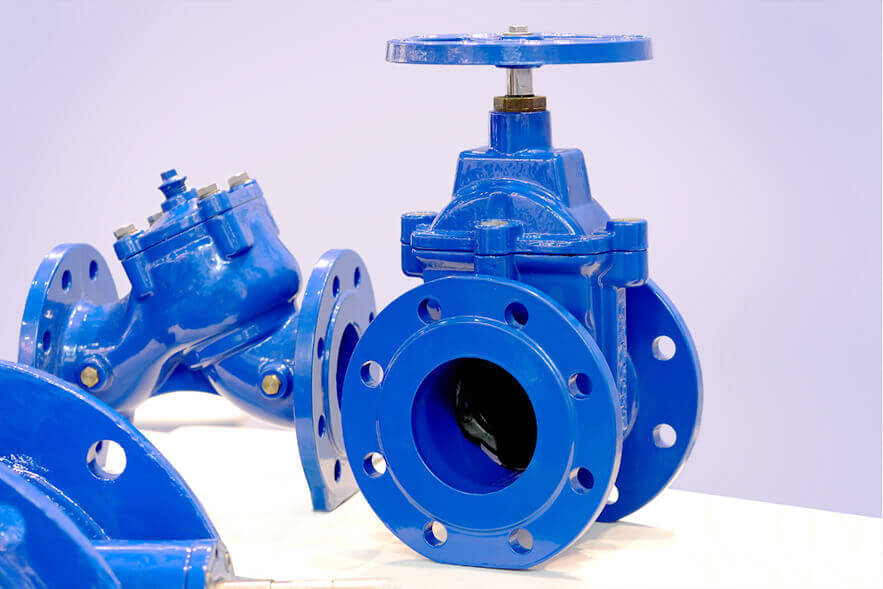
2, The globe valve selection instructions
Globe valve is suitable for the fluid resistance requirements that are not strict on the pipeline, that is, the pressure loss is not considered large, as well as high temperature, high pressure media pipeline or device, suitable for DN <200mm steam and other media pipeline; small valves can be used to cut-off valve, such as needle valve, instrumentation valve, sampling valve, pressure gauge valve, etc.; cut-off valve has a flow adjustment or pressure adjustment, but the adjustment accuracy requirements are not high, and the pipeline diameter and For highly toxic media, it is advisable to use bellows-sealed globe valves; however, globe valves should not be used for viscous media and media containing particles that are easy to precipitate, nor should they be used as venting valves and valves for low vacuum systems.
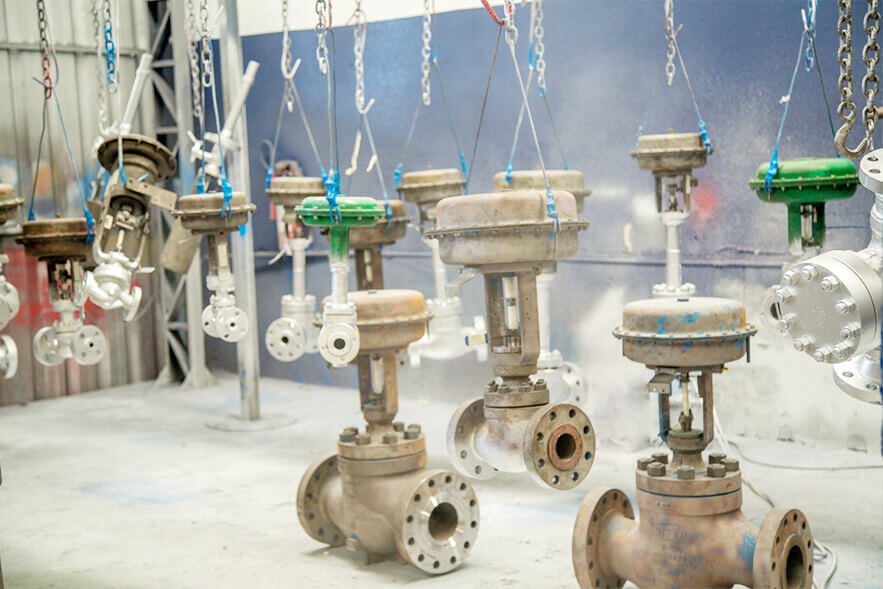
3, Ball valve selection instructions
Ball valves are suitable for low temperature, high pressure, viscous media. Most ball valves can be used in media with suspended solid particles, according to the material requirements of the seal can also be used for powder and granular media; full-channel ball valves are not suitable for flow regulation, but suitable for the requirements of rapid opening and closing of the occasion, to facilitate the realization of the accident emergency cut off; usually in strict sealing performance, wear, indented channel, opening and closing action quickly, high pressure cut-off (large differential pressure), low noise, the phenomenon of gasification, operation Small torque, small fluid resistance in the pipeline, the recommended use of ball valves;
Ball valves are suitable for light structure, low pressure cut-off, corrosive media; ball valves or low temperature, deep cold media, the most ideal valve, low temperature media piping systems and devices, it is appropriate to use plus the cover of the low temperature ball valves; the choice of floating ball ball valve seat material should undertake the ball and the load of the working medium, large diameter ball valves in the operation requires a greater Force, DN ≥ 200mm ball valve should be selected in the form of worm gear drive; fixed ball valve for larger diameter and higher pressure occasions; in addition, for the process of highly toxic materials, combustible media pipeline ball valve, should have a fire, anti-static structure.
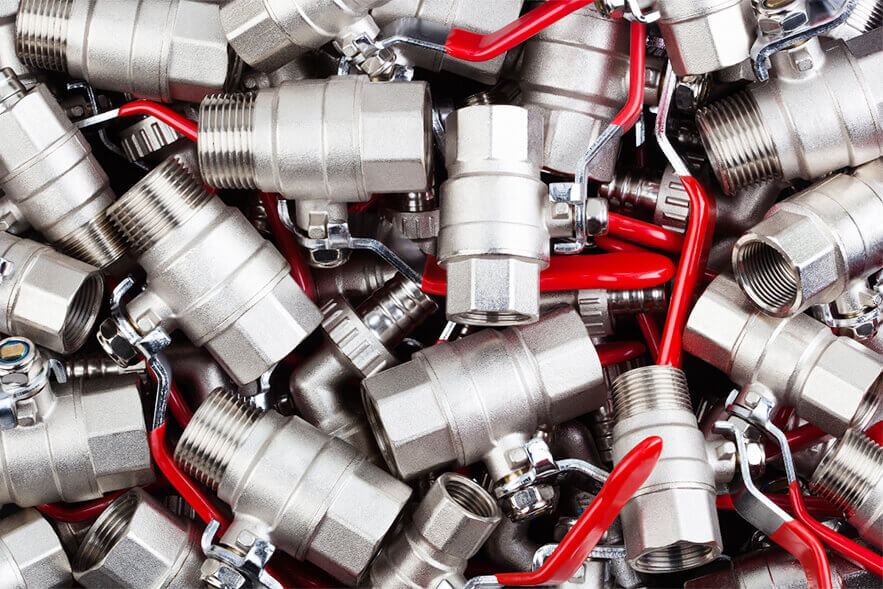
4,Throttle valve selection instructions
Throttle valve is suitable for the medium temperature is low, high pressure occasions, suitable for the need to regulate the flow and pressure of the parts, not suitable for viscosity and contains solid particles of the medium, not suitable for isolation valve.
5,Selected plug valve description
Plug valve is suitable for the occasion requiring fast opening and closing, generally not suitable for steam and high temperature media, for lower temperature, viscosity of the media, also suitable for media with suspended particles.
6,Butterfly valve selection instructions
Butterfly valve is suitable for larger diameter (such as DN>600mm) and short structure length requirements, as well as the need for flow regulation and opening and closing requirements for fast occasions, generally used for temperature ≤ 80 ℃, pressure ≤ 1.0MPa water, oil and compressed air and other media; as butterfly valve compared to the gate valve, ball valve pressure loss is relatively large, so the butterfly valve is suitable for pressure loss requirements are not strict pipeline system.
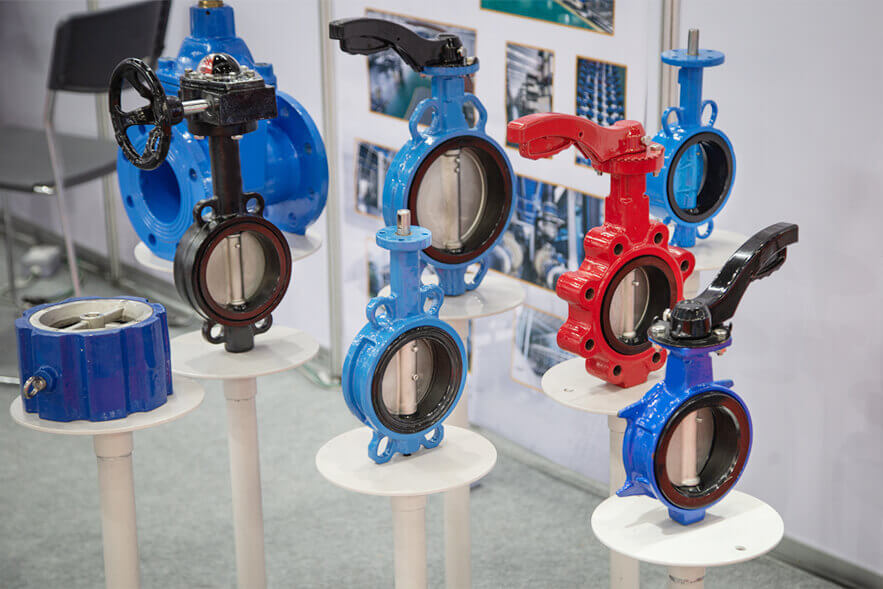
7,Check valve selection instructions
Check valve is generally suitable for clean media, should not be used for media containing solid particles and viscosity. When DN ≤ 40mm, it is appropriate to use lift check valve (only allowed to be installed in the horizontal pipeline); when DN = 50 ~ 400mm, it is appropriate to use the swing lift check valve (in the horizontal and vertical pipeline can be installed, such as installed in the vertical pipeline, the media flow direction from the bottom up); when DN ≥ 450mm, it is appropriate to use the buffer type check valve; when DN = 100 ~ 400mm can also be Choose to clamp check valve; Swing check valve can be made into a very high working pressure, PN can reach 42MPa, according to the shell and seal material can be applied to any working medium and any working temperature range. The medium is water, steam, gas, corrosive media, oil, pharmaceuticals, etc. The medium working temperature range is between -196~800℃.
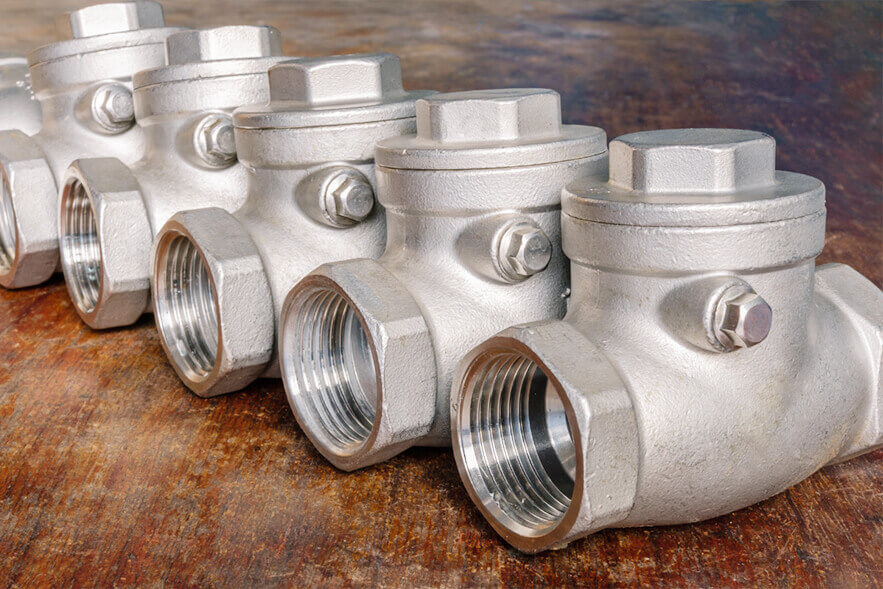
8,Diaphragm valve selection instructions
Diaphragm valve is suitable for working temperature less than 200 ℃, pressure less than 1.0MPa oil, water, acidic media and media containing suspended matter, not for organic solvents and strong oxidant media; abrasive granular media should be selected weir type diaphragm valve, select weir type diaphragm valve to refer to its flow characteristics table; viscous fluid, cement slurry and sedimentation media should be selected straight through diaphragm valve; in addition to specific requirements, diaphragm valve should not be used in vacuum pipelines and vacuum equipment.